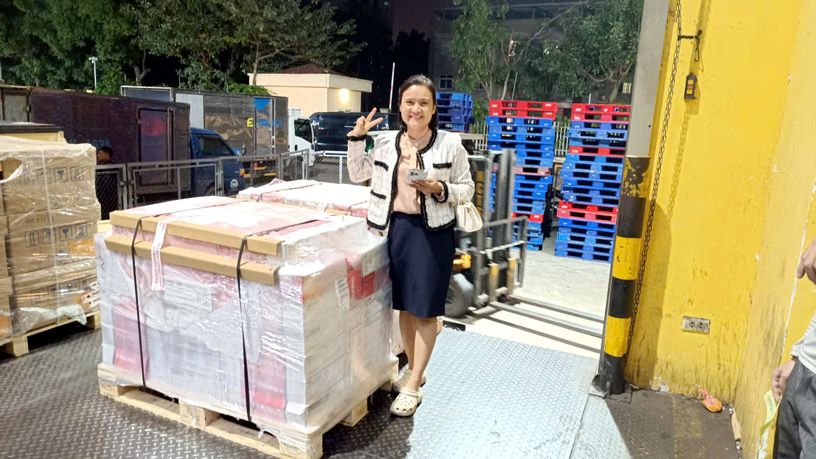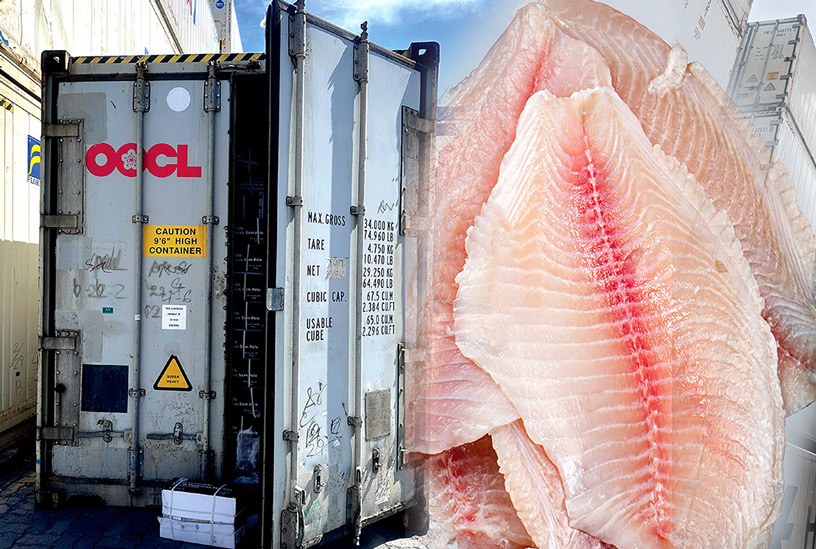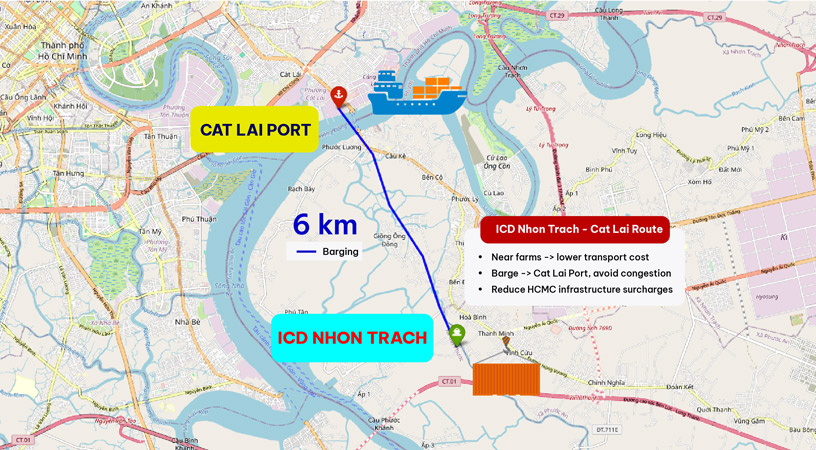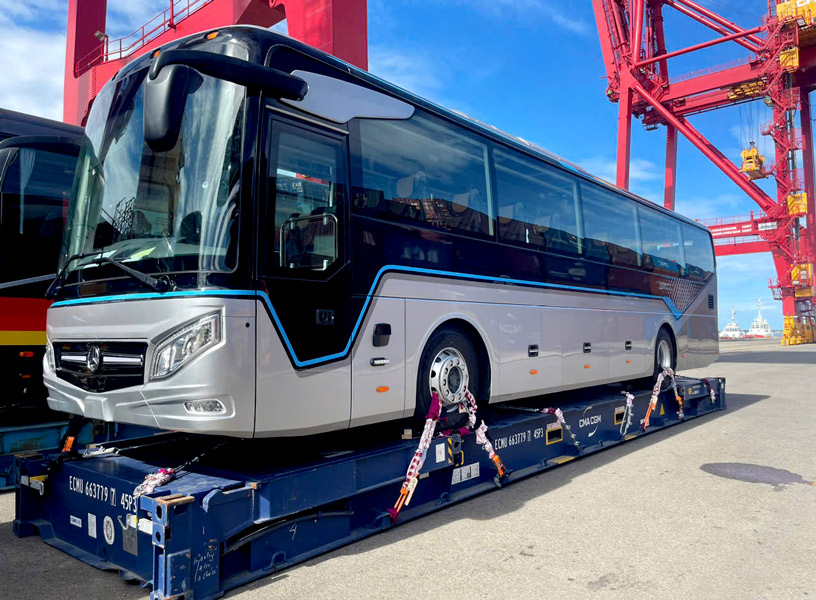Red Sea Tensions Escalate – Risk Of Global Supply Chain Disruption
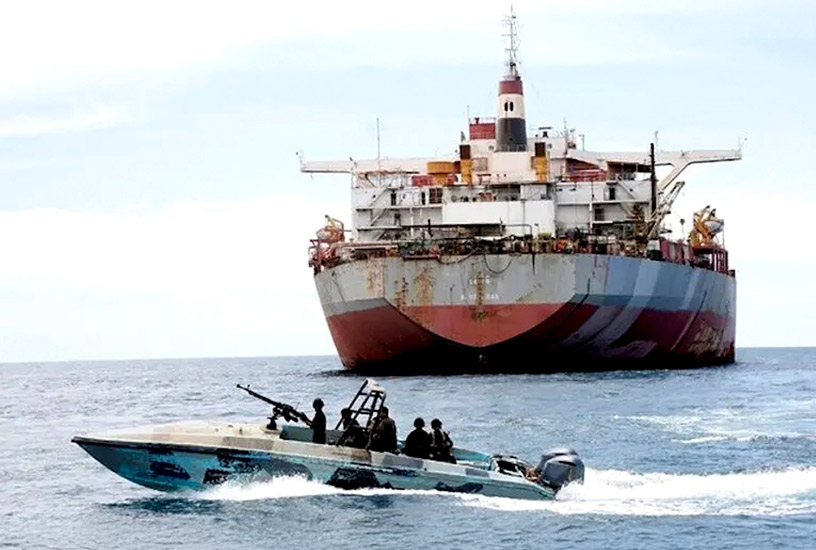
(Cargo ship approached by Houthi armed forces in the Red Sea area – source: internet)
According to Official Dispatch No. 925/XNK-TLH dated August 7, 2020, the Ministry of Industry and Trade warned that the risk of attacks on cargo ships in the Red Sea is increasing, directly affecting Vietnam's supply chain - especially shipping routes to Europe, the Middle East, and Africa.
Faced with this situation, Headway JSC recommends businesse to review transportation schedules, closely coordinate with logistics partners and shipping lines to assess risks, develop timely response plans, and limit disruptions to goods.
Red Sea tensions trigger wave of global rate hikes
Since late 2023, tensions in the Red Sea have escalated, especially due to the Houthi forces' repeated attacks on commercial vessels, causing serious disruptions to the vital shipping routes of the Babel-Mandeb Strait, the Suez Canal and the Gulf of Aden.
For Vietnam, this is a strategic shipping route for goods to Europe, the Middle East and Africa. Disruptions in the Red Sea region has led to:
- Adjustment of shipping routes: International shipping lines are forced to divert via the Cape of Good Hope (South Africa), extending the trip, increasing fuel and operating costs, estimated at about 1 million USD per trip.
- High shipping costs: Freight rates on Asia-Europe and Asia-Mediterranean routes has increased by 200% - 400% compared to before the conflict.
- Insurance premiums and surcharges skyrocketed: Insurance companies have raised their risk warning levels in the Red Sea, leading to higher insurance costs and potential surcharges, significantly impacting total logistics costs.
- Lack of transport capacity: The change of direction through the Cape of Good Hope causes the shipping schedule to be extended by 10-14 days, the number of operating ships decreases, and there is a shortage of ship slots.
- Increasing pressure on the global trading system: Many strategic items such as electronic components, medical equipment, pharmaceuticals, etc. face the risk of local scarcity in major markets.
- Risk of loss of safety for goods if the shipping line or port is located in the attacked area.
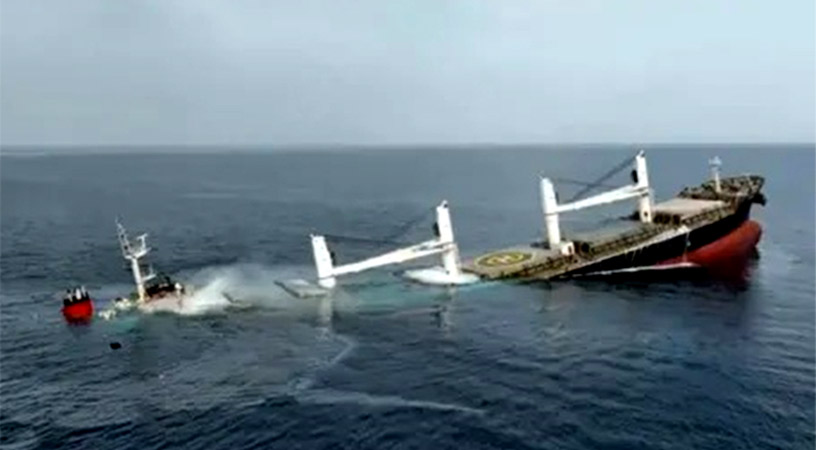
(Cargo ship sunk by Houthi in Red Sea - source: CAND online newspaper)
Headway accompanies businesses, making proactive and comprehensive response
In the context of the volatility in the Red Sea that shows no signs of cooling down, in order to help customers minimize negative impacts and maintain seamless import and export operations, Headway Logistics deploys key solutions:
- Proactively review supply chain & shipping schedules: Assess all shipments passing through the Red Sea or high-risk ports, predict bottlenecks to plan timely adjustments.
- Strengthen information coordination, support related procedures: Establish a 24/7 communication channel between customers, shipping lines and Headway, providing early warnings of freight rate increases or surcharge changes so customers can be proactive.
- Book early & ensure shipping capacity: Headway works directly with shipping lines to forecast demand and reserve priority slots, sign strategic contracts, and secure capacity even when the market is volatile.
- Diversify routes & modes of transport: Propose bypassing the Cape of Good Hope or transshipment at safe ports. Allocate goods according to priority, advise Sea-Air or Sea-Rail solutions for urgent or high-value shipments.
- Assess risk & Optimize cost: Recommend customers to purchase appropriate insurance, comprehensively analyze factors affecting freight rates, build a reserve logistics budget, and control financial risks.
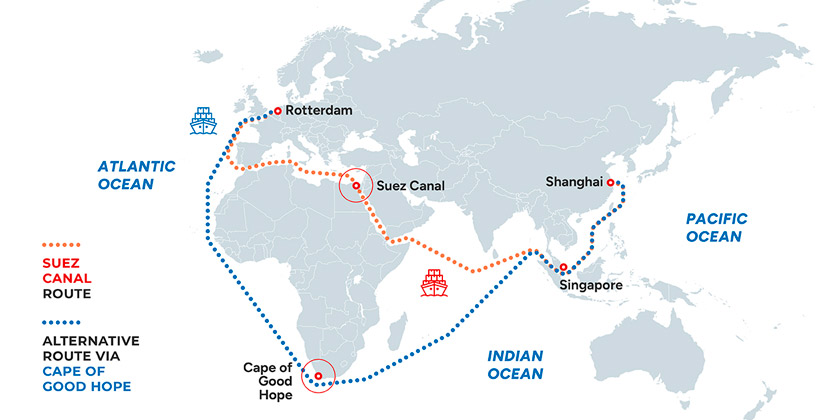
(Traditional shipping route via the Suez Canal and alternative route via the Cape of Good Hope – Source Operinter)
Headway Logistics – Comprehensive transportation partner for global supply chains.
With global coordination capabilities, experienced staff and thousands of international shipments each year via Asia - Europe, Asia - America, Middle East - Africa routes, Headway is committed to accompanying businesses in all situations, ensuring goods are transported safely - on time - at optimal cost, minimizing disruptions and keeping the supply chain seamless in the face of all market fluctuations.
Other news
HEADWAY - HOCHIMINH OFFICE (HO)
-
44 Nguyen Van Kinh Street, Quarter 14, Cat Lai Ward, Ho Chi Minh City, Vietnam
-
(+84) 28 22 00 55 66/ (+84) 28 22 00 77 66
HEADWAY - HA NOI OFFICE
-
03rd Floor, Lotus Building, No. 02 Duy Tan Street, Cau Giay District, Ha Noi City, Vietnam
-
(+84) 24 3227 2123
HEADWAY - HAI PHONG OFFICE
-
06th Floor, Hoang Phat Building, No 4 Lot 2A Le Hong Phong Street, Ngo Quyen Ward, Hai Phong City, Vietnam
-
(+84) 225 730 0269
HEADWAY - DA NANG OFFICE
-
No. 1 Le Dinh Ly Street, Thanh Khe Ward , Da Nang City, Vietnam
-
(+84) 236 730 1068
HEADWAY - CHU LAI OFFICE
-
Nui Thanh Commune, Da Nang City, Vietnam
-
(+84) 235 650 6902
HEADWAY - DONG NAI OFFICE
-
670 Tay Lac Street, An Chu Hamlet, Binh Minh Commune, Dong Nai Province, Vietnam
-
(+84) 28 22 00 55 66
HEADWAY - QUY NHON OFFICE
-
01st floor, Viettel Binh Dinh Building, No.1 Dinh Bo Linh Street, Quy Nhon Ward, Gia Lai Province, Viet Nam
-
(+84) 256 2478 188
HEADWAY - THANH HOA OFFICE
-
05th Floor, Petroleum Building, No.38A Le Loi Avenue, Hac Thanh Ward, Thanh Hoa City, Vietnam
-
(+84) 28 22 00 55 66

